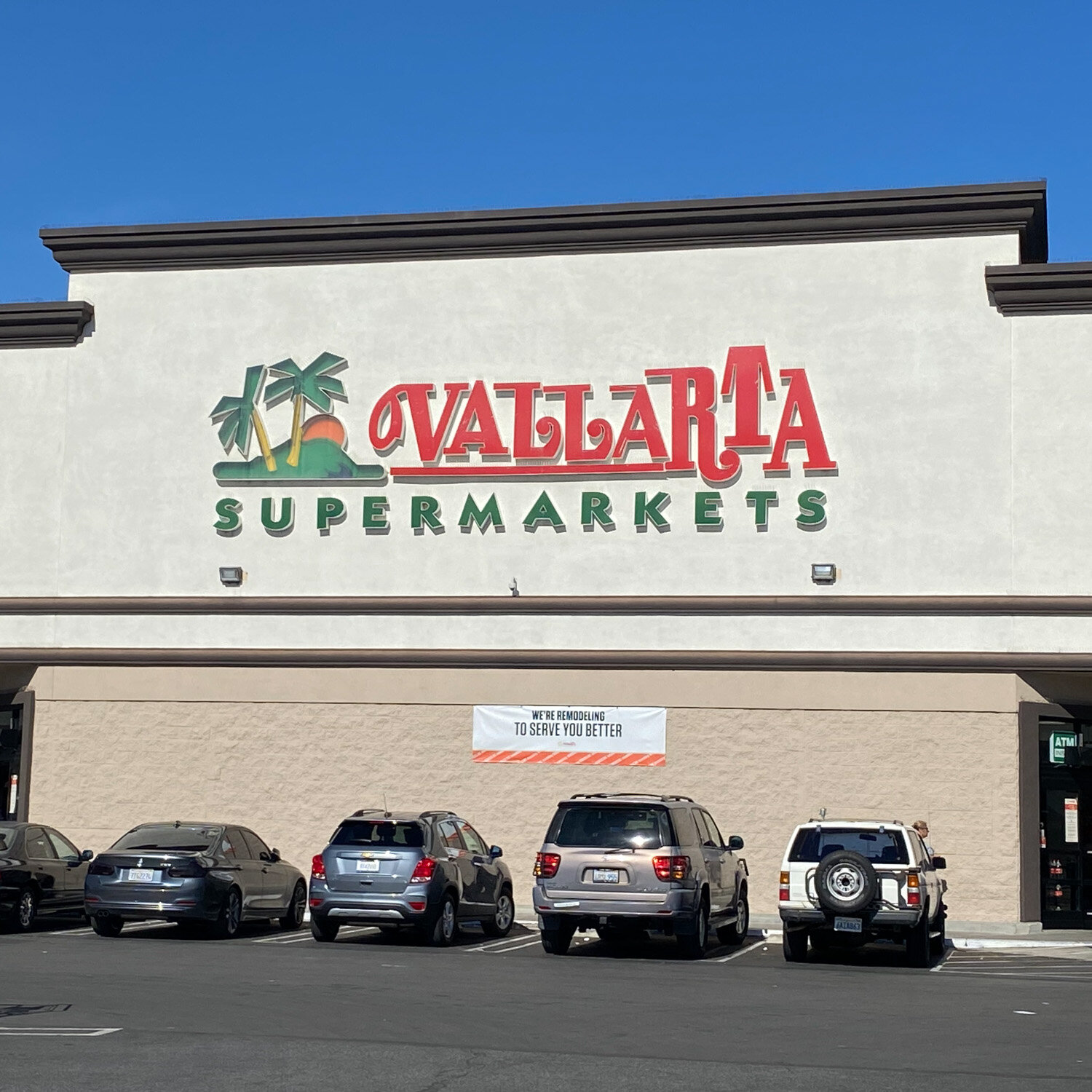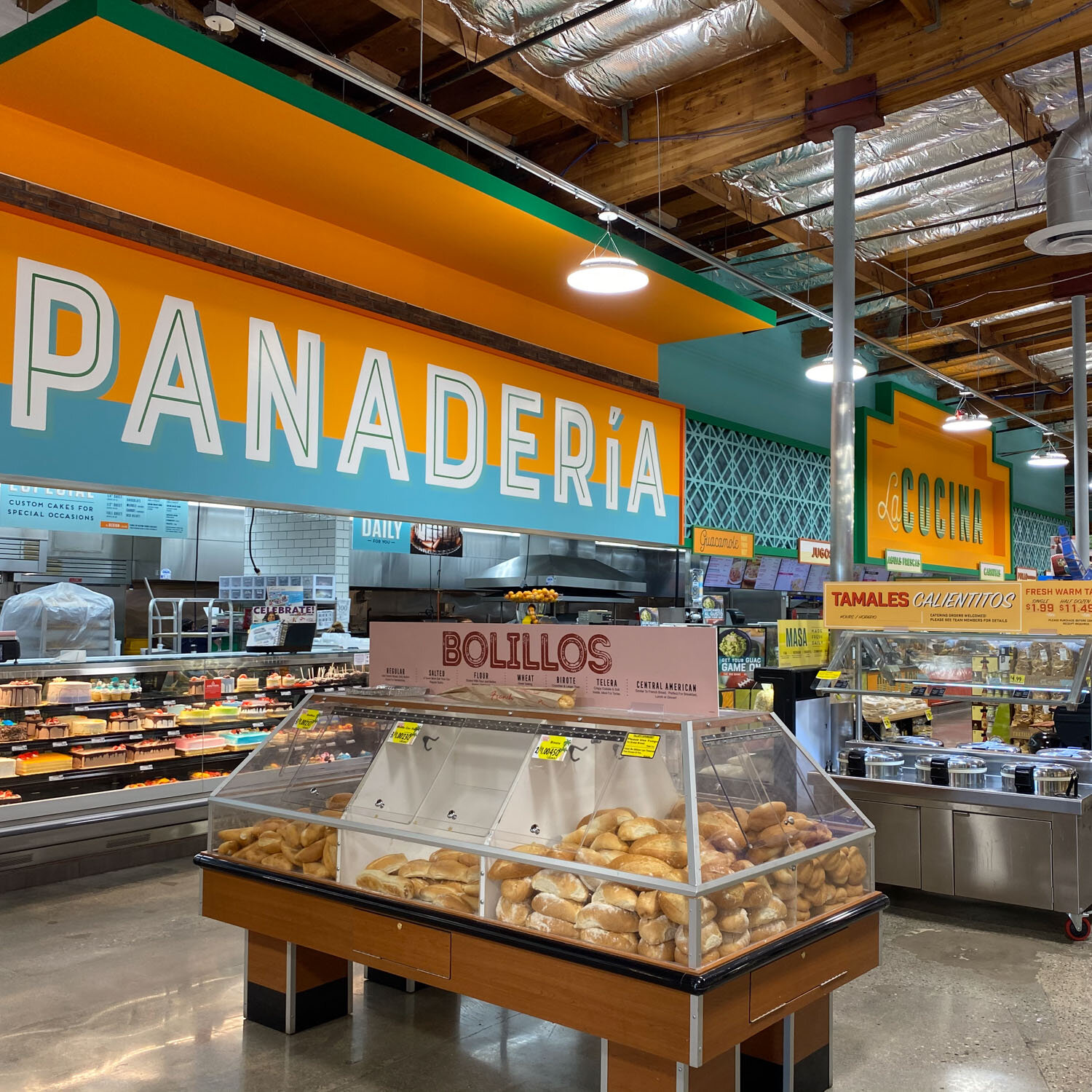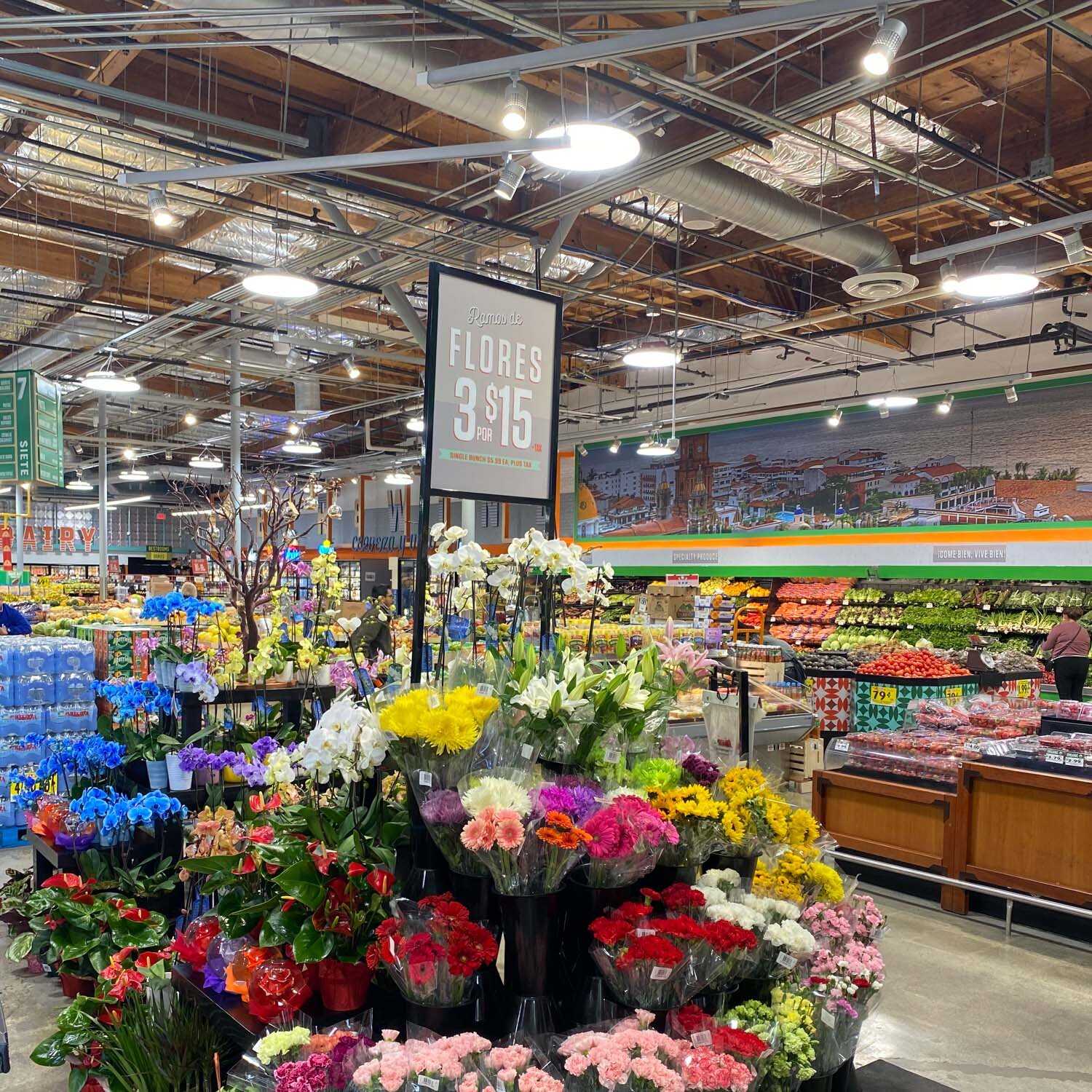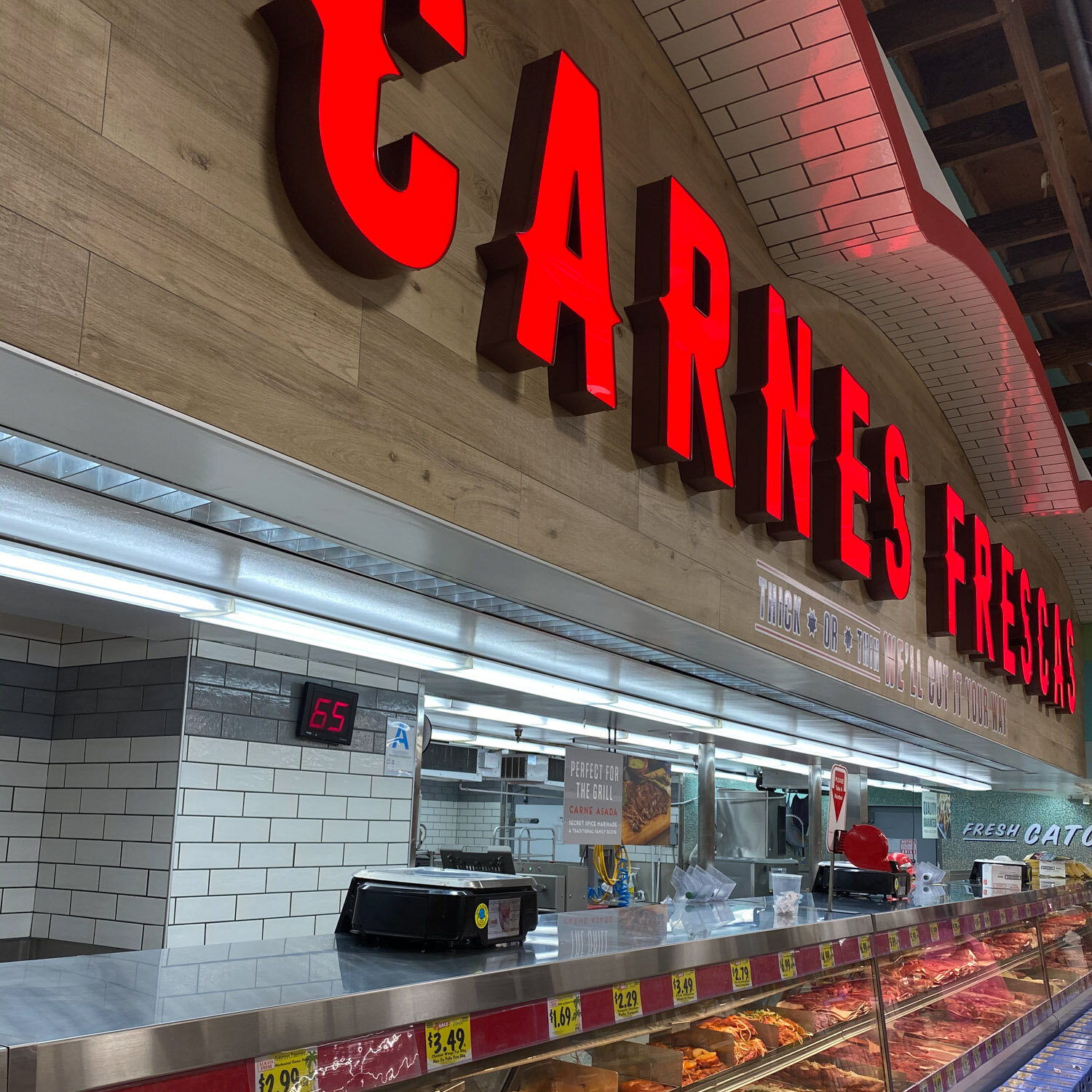Vallarta Supermarket Demonstrates Sustainability Leadership with Retrofit Reducing Energy by 20% and Waste by 50%
20%
Energy Reduction in 2019
50%
Waste Reduction in 2019
2020 Innovation Awards: Energy Efficiency Project Nominee
“Sustainability is very achievable with the right focus, support and leadership. Many opportunities can be tackled with minimal investments.”
STEVE GOH
Energy Management Director, Vallarta Supermarkets
CHALLENGE
With 50 stores throughout California, Vallarta Supermarkets is committed to sustainability leadership in the LA Hispanic community and throughout California. This project began when Vallarta management identified an opportunity to remodel an aging store to better serve customers, meet Vallarta’s sustainability goals and align with responsible retailing initiatives.
As part of Vallarta’s Sustainability Program, they targeted a significant reduction in the overall carbon footprint with the goals of reducing energy usage by 20%, eliminating Ozone Depletion Potential (ODP) refrigerant, and reducing landfilled waste by 50%. Vallarta set out to achieve these goals with minimal disruption to daily store operations.
STRATEGY
Vallarta approached this project holistically by undertaking significant upfront planning with various internal and external resources, including LADWP, SoCalGas and consultants with expertise in energy efficiency, water efficiency and waste reduction. With utility support, Vallarta engaged Frontier Energy to conduct an energy audit to inform the planning process.
Vallarta is well known for supplying fresh produce, meats and seafood, which all require intensive refrigeration. To reduce associated energy usage, the team evaluated every possible energy saving measure, weighting each one against customers’ acceptance to determine efficiency measures that would preserve a high level of customer satisfaction and support project goals. Organizing remodel logistics was key to minimizing disruptions to daily operations. All equipment installed was scheduled to arrive the day of installation, and all work was completed outside of store’s hours of operation. Vallarta capitalized on all potential energy efficiency incentives provided by utilities.
Vallarta engaged customers by explaining that changes throughout the store, such as adding doors to refrigerated cases, were made to reduce environmental impact and support company sustainability goals.
IMPACT
Store energy consumption in 2019 was 13.6% (221,280 KWH) lower than previous year, despite the longer “operating” hours needed for demolition, construction and equipment installation. When the project is completed, it is estimated that it will achieve the 20% energy reduction goal. The project also met waste goals by implementing recycling and organic waste diversion which reduced the amount of waste landfilled by 53% (397 tons/year), with a total equivalent CO2 avoided of approximately is 1059 ton/yr.
By adding doors to refrigerated cases, Vallarta not only decrease energy wastage, but reduced refrigerant/compressors usage and was able to use air-cooled condenser instead of the normal water-cooled condenser. This measure alone is estimated to lower water usage by 100,000 gallons per month, as compared to other stores of similar size.
The project had a positive outcome for all stakeholders; customers responded positively with increased shopping trips and sales, Vallarta Team Members appreciated the new features, amenities and refreshed environment, and ownership was very pleased with the performance of all measures implemented within the remodeled store.












